Home Is Where The Bark Is: 10 Of The Best Family Dogs
Thinking of adopting one of these family dog breeds for your growing nest? Here are 10 of them - and how to best help them live their longest, happiest, healthiest life by your side.
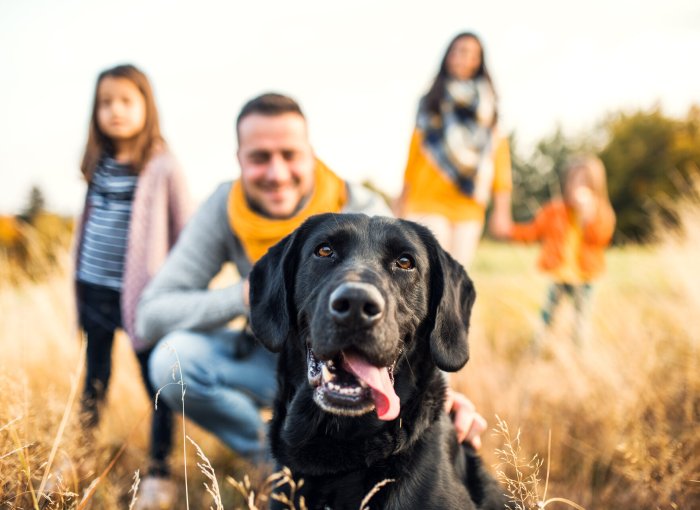
Whether you’re living with older relatives or a house full of kids (or pets) – picking one from the best family dog breeds is always a good call. (You’ll thank us later when it comes to everyone getting along!)
But what makes a good family dog anyway? And is caring for them as easy as it might seem?
Turns out, even despite being sociable, friendly, and easy to adapt – even “family dogs” need a little extra care. At least a couple of them still do have their inborn hunting instincts intact, or a tendency to “herd” things around, or just need a ton of activity to prevent getting bored. (And running away to find a new family as a result!)
So here are 10 of the best dog breeds for families – and how you can help them live their best, happiest, longest life by your side.
What makes a dog a “family” dog?
Now when we’re thinking of getting us a “family dog”, you do need one that’s a good fit for you. (Plus your partner, kids, and other pets.)
And let’s admit it: yes, each dog is an individual. But at the same time, some dog breeds do tend to have a couple of traits and the right kind of temperament that go great with families. Here are a couple of them:
They’re gentle by nature
Now if a dog turns out aggressive, it has more to do with their upbringing and history. (And not breed.)
But “family dogs” do tend to be on the calmer, more good-natured side. So they’re ideal for families with babies and children. These dogs can handle kids climbing all over them or big, bustling households with minimal stress. (And in fact, they even enjoy the company!)
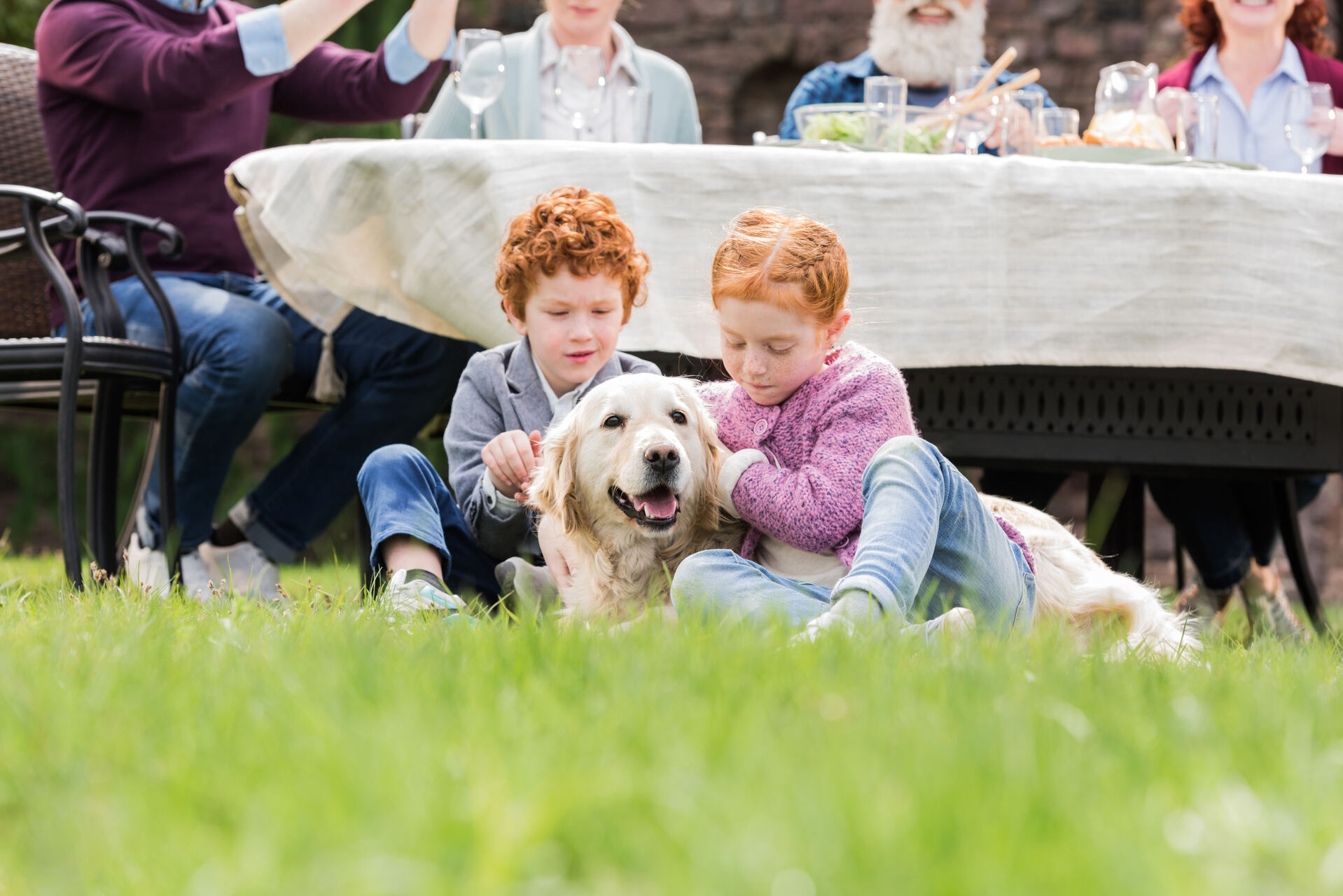
💡Do make sure to check your dog’s background with your adoption center or shelter before bringing them home. A history of mistreatment or even abuse might show up as fearful, panicky behaviors.(Including running away from home!)
Read more:
- Why Do Dogs Run Away? 6 Reasons Behind It
- Fearful Dog: Our Expert Reveals Everything You Need To Know About Fear In Dogs
They’re (generally) low-maintenance
Regardless of breed, every dog needs at least a bit of physical and mental activity to stay healthy. Which can be difficult in a big, bustling family.
But among these family dog breeds, you’ll find they’re easy to lead and train.-(So even your kids could take them out for a walk, if you’re busy.)
⚠️ Just remember, though: low maintenance doesn’t mean no maintenance!
- Regular playtime together helps keep your buddy healthy and happy – which is why we’d always recommend it as a priority.
- Don’t mistake your dog’s “easy” temperament as one that doesn’t need attention and care from you. Even family dogs can get bored, lonely, frustrated, and restless if you leave them to their own devices.
Read more: Low Maintenance Dogs: 10 Chill Dog Breeds For Busy Folks
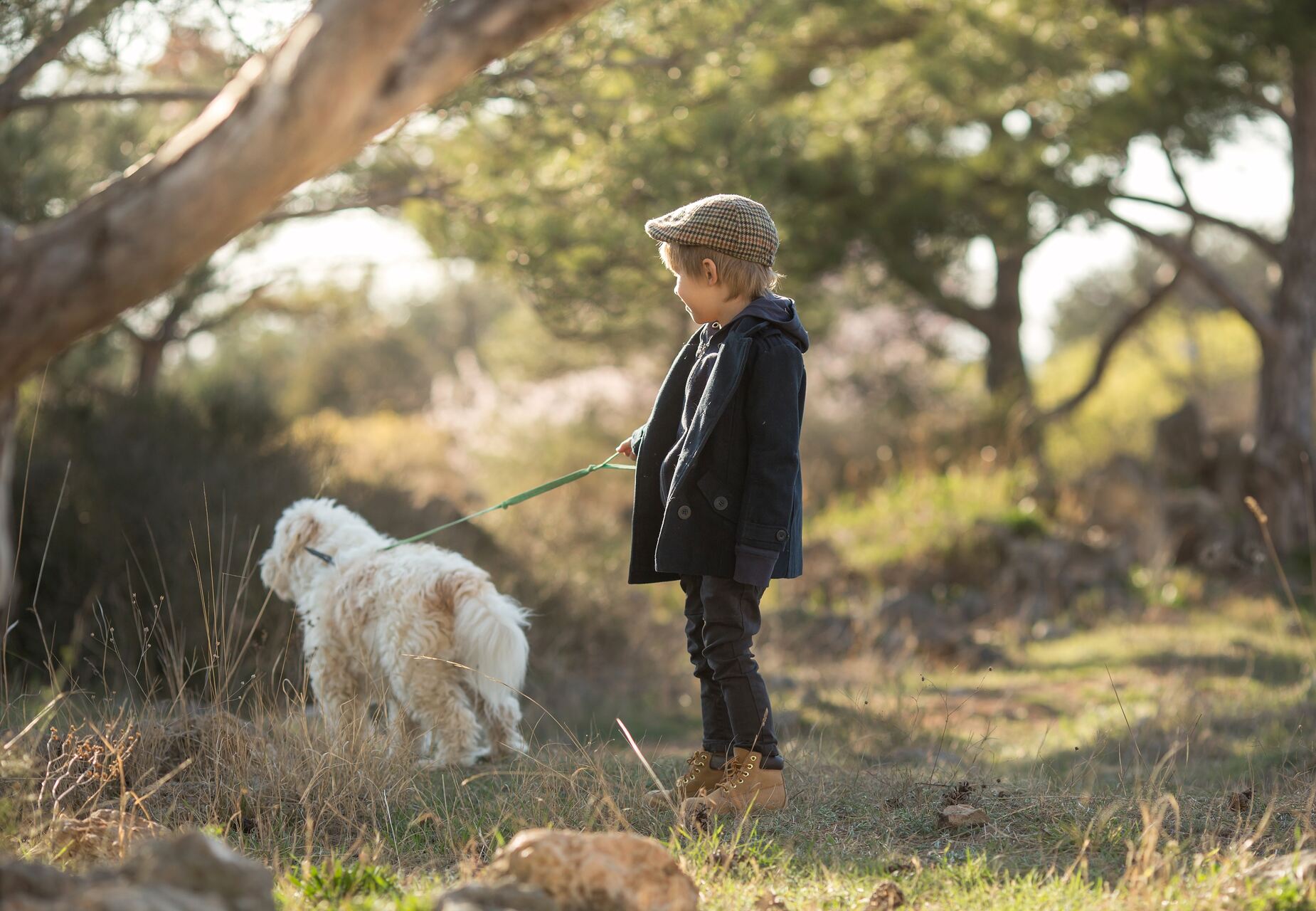
💡If you’ve got one of your kids walking your dog, you do want to keep them both safe – without having to monitor them both 24/7.
Which is where strapping a GPS tracker to your dog’s collar can be a lifesaver. (Since you can track them both while they’re outdoors – in real-time – with just a glance at your phone.)
In fact, GPS trackers like Tractive’s have even saved the lives of pets around the world – especially from pet thieves!
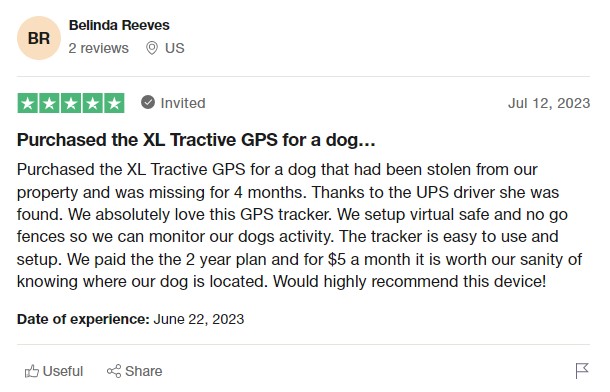
Now ultimately, what makes a dog a good “family dog” is up to you
…and how well everyone gets along and adapts to each other’s needs.
Plus, it bears repeating that every dog is still an individual with their own quirks and personalities. (No matter how chill or “easy” they might be otherwise, temperament-wise.)
Besides, there’s also no substitute for regular training, walks outdoors, and plenty of quality time together. (All factors that make for a great relationship.)
So let’s get started with 10 of the best family dog breeds – and what to keep in mind if you want to help them live their happiest life by your side.
10 of the best dog breeds for families – and how to care for them
1. English Sheepdogs
Let’s start with a breed that’s sure to bring a smile on your face – the English Sheepdog (or Bobtails)! Originally bred as a shepherd dog in the UK, these big, fluffy dogs have thick coats that helped them brave the weather. (And also some nasty wolf bites or two.)
As a result, Bobtails do tend to have their protective instincts. So you and your family will be well-guarded with one bossing you around. They’re highly loyal, energetic, and playful well into their senior dog years. (Making them a perfect playmate for a house full of kids.)
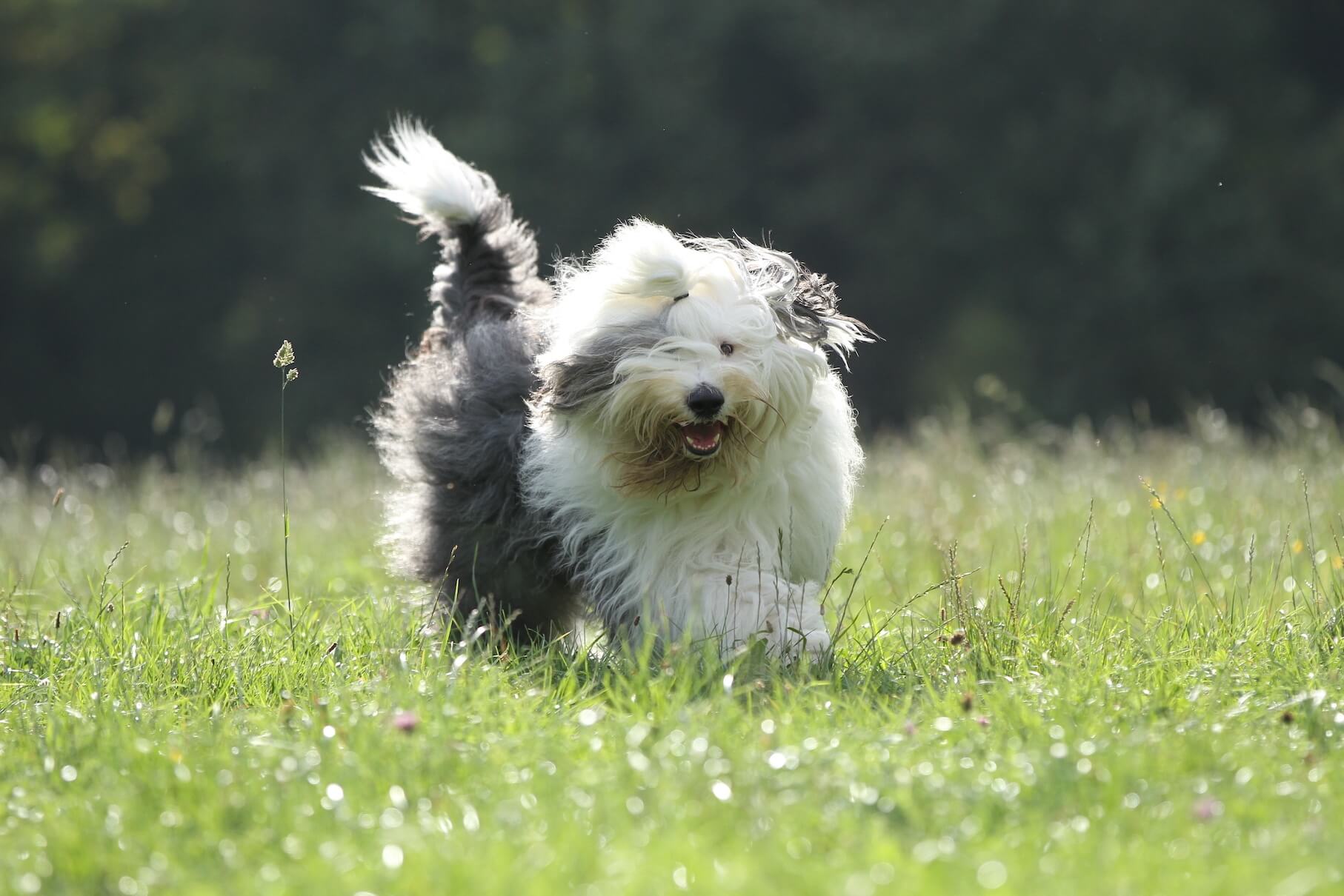
⚠️ Left to their own devices, your Bobtail’s herding instincts might lead them to explore your neighborhood in search of a flock of sheep or a herd of cattle to gather around. So make sure to keep them occupied with tons of playtime and outdoor activities.
(Else you could escape-proof your backyard with an invisible GPS dog fence. Aka, a smart, safe, affordable option to setting up a physical fence around your property.)
2. Bichon Frisés
If you’re looking for one of the best small dogs for kids, look no further than the Bichon Frisé. These clever, curious, highly athletic little dogs are as comfortable curling up on the couch as they are at agility competitions.
Don’t be alarmed by that voluminous curly coat, though! Bichon Frisés don’t have undercoats – which means they’re more likely to give your vacuum cleaner a breather than other long-haired dog breeds.
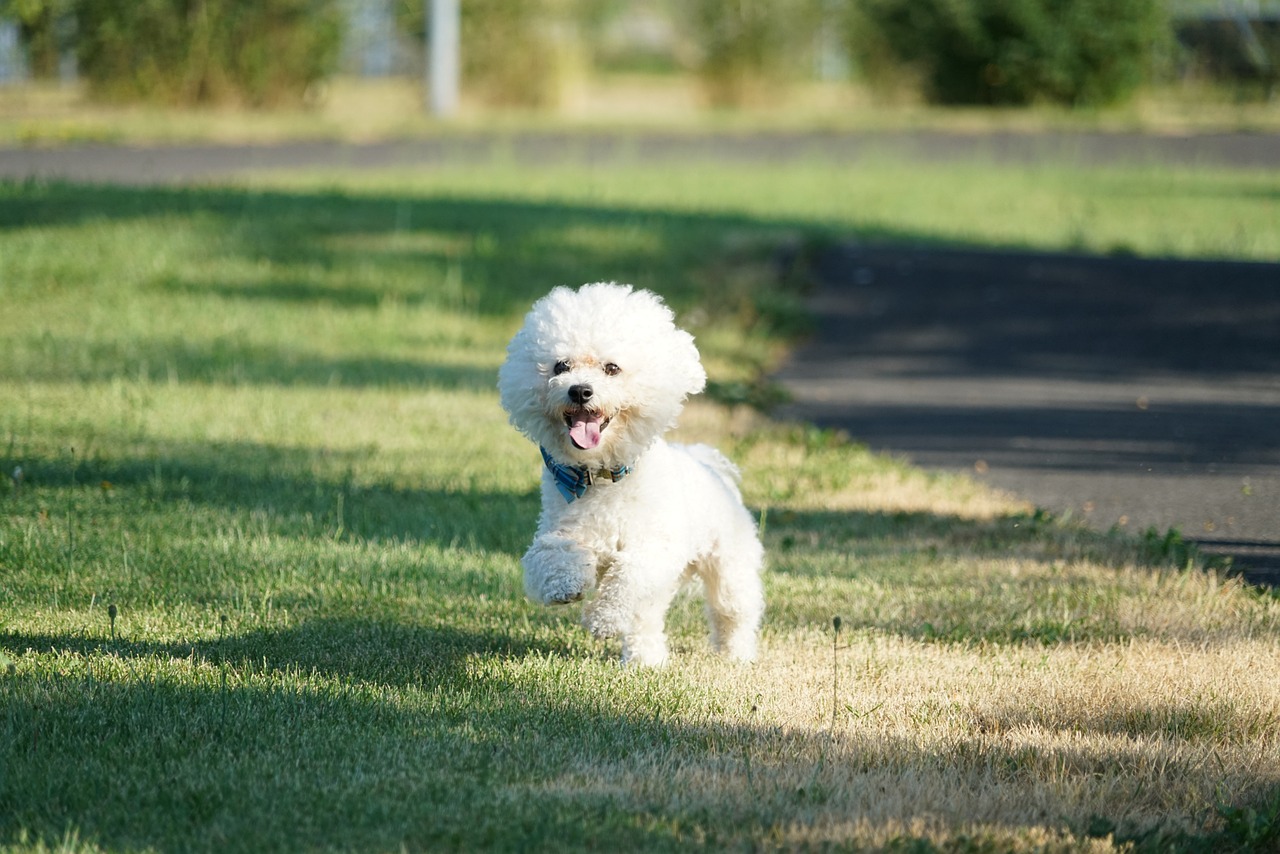
⚠️ Your Bichon Frisé may be a bit prone to separation anxiety – so you’ll find it helpful keeping them occupied when you’re out working or traveling. (Either with a ton of toys, food puzzles, or another pet or person to keep them company.)
Else, you might find yourself coming home to a dog that’s MIA. Since separation anxiety is another key reason dogs run away from home.
Read more: Separation Anxiety In Dogs
3. Cocker Spaniels
Another one of the best dogs for kids is the Cocker Spaniel, a medium-sized family dog that’s cheerful, playful, and likely to keep you on your toes from its high energy!
With their high intelligence, Cocker Spaniels take well to regular training – for both basic and advanced commands. Just make sure to invest in teaching them a good recall in case you’re considering letting them off leash to roam and play.
Read more: Dog Recall: How To Teach Your Dog To Come When Called
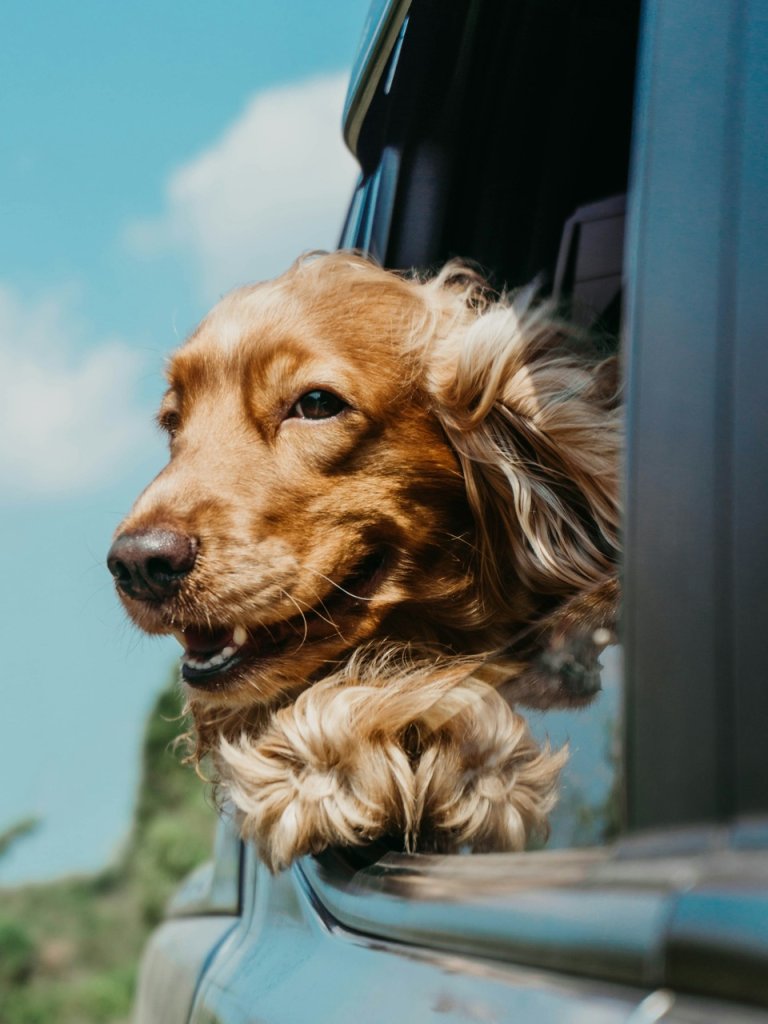
⚠️ Because despite their cute and cuddly appearance, Cocker Spaniels were once trained as hunting dogs – bred to chase down fast-moving prey like wild birds.
Which means yours is most likely to have their inborn hunting and chasing instincts intact. So they might chase after smaller pets, kids, or even fellow runners at the park when you’re both out together!
So make sure to get yours 100% comfortable on a leash before venturing outside. Make sure to keep them close by when you’re both out hiking, running, or exploring the outdoors together.
But in an emergency – like if you’ve stopped to check your phone and your Cocker Spaniel bolts off into the distance…
4. Newfoundlands
Next on our list of family dogs is our resident gentle giant – the Newfoundland! This big cuddly teddy bear tends to be quite gentle with kids and older adults. (Being aware of their size.)
Originating from Canada, Newfoundlands were used as working dogs in the past – pulling around carts and helping out in farms with their size and strength. Now as a family dog, they make for the perfect sweet-tempered babysitters that aren’t bothered by unruly kids or busy family environments.
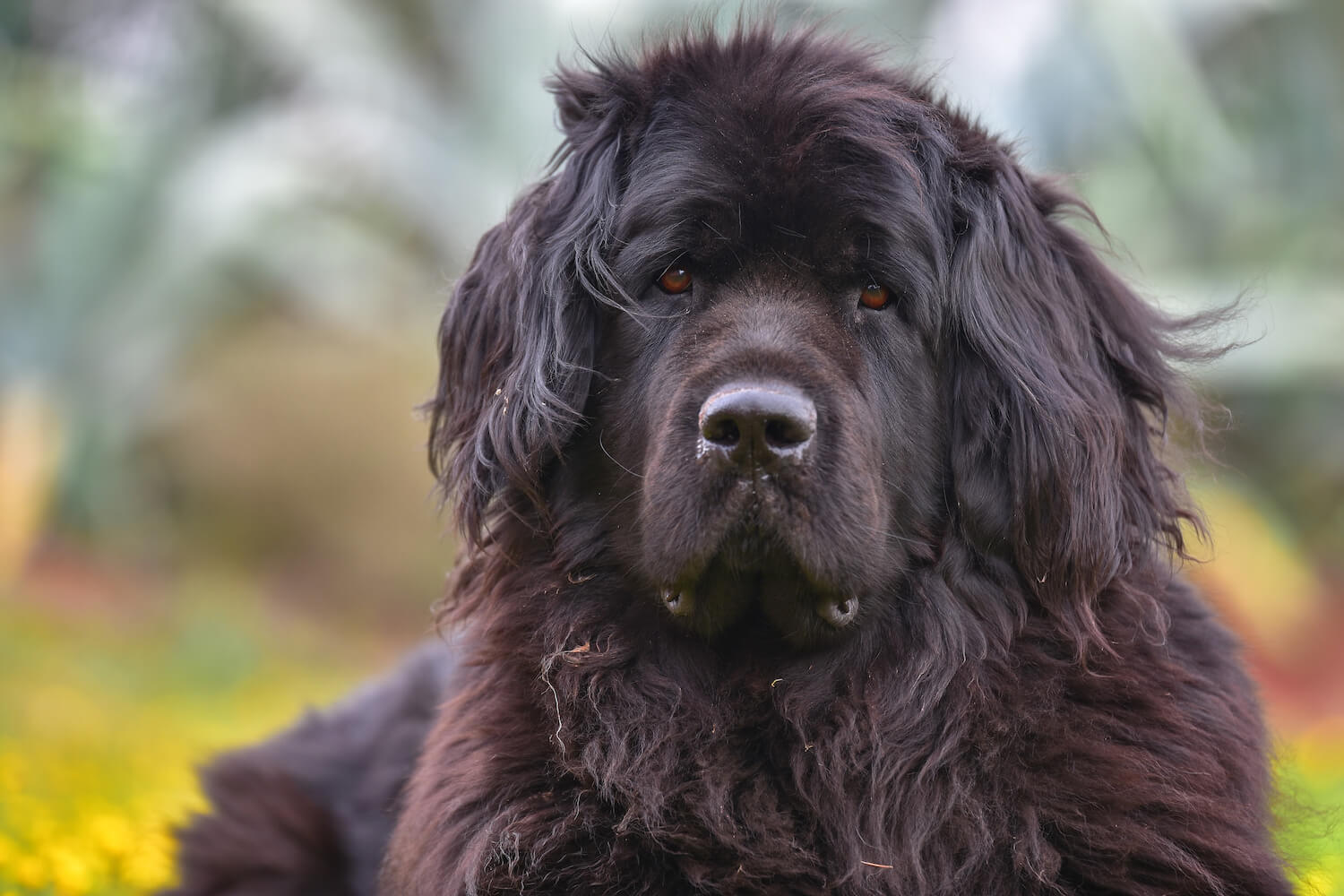
💡With their love for swimming and water-repellent coats, some Newfies around the world have emerged as water rescue heroes – bravely diving in and tugging boats (or people) to safety.
So if you’re taking yours along with you on vacation, do a quick search for any ponds, rivers, lakes, or water bodies nearby. (Your Newfie might wander off to explore them for a splash!)
Read more:
- Newfoundlands: Your Friendly, Furry, Four-Pawed Protectors
- Why Tractive Makes The Best GPS For Search And Rescue Dogs
- The Best Small Waterproof GPS Tracker For Dogs & Cats
5. Poodles
Think Poodles are way too high maintenance for a family? Turns out, they’re one of the most docile, intelligent, and highly athletic dog breeds – doing their best if you’re part of a sporty family and fond of your outdoor adventures.
Poodles also come in different sizes, ranging from miniature poodles to large poodles. Plus, their curly coats need regular brushing to prevent any matting or tangling.
These beautiful dogs also take well to regular training and playtime – making them prime competitors at dog sports and agility competitions. And with their discipline, you can take them along on family outings of all kinds with zero stress.
Read more:
- Unleashing the Fun: Mastering Agility Training for Dogs
- Tractive GPS: A Must-Have For Dog Sports Competitors!
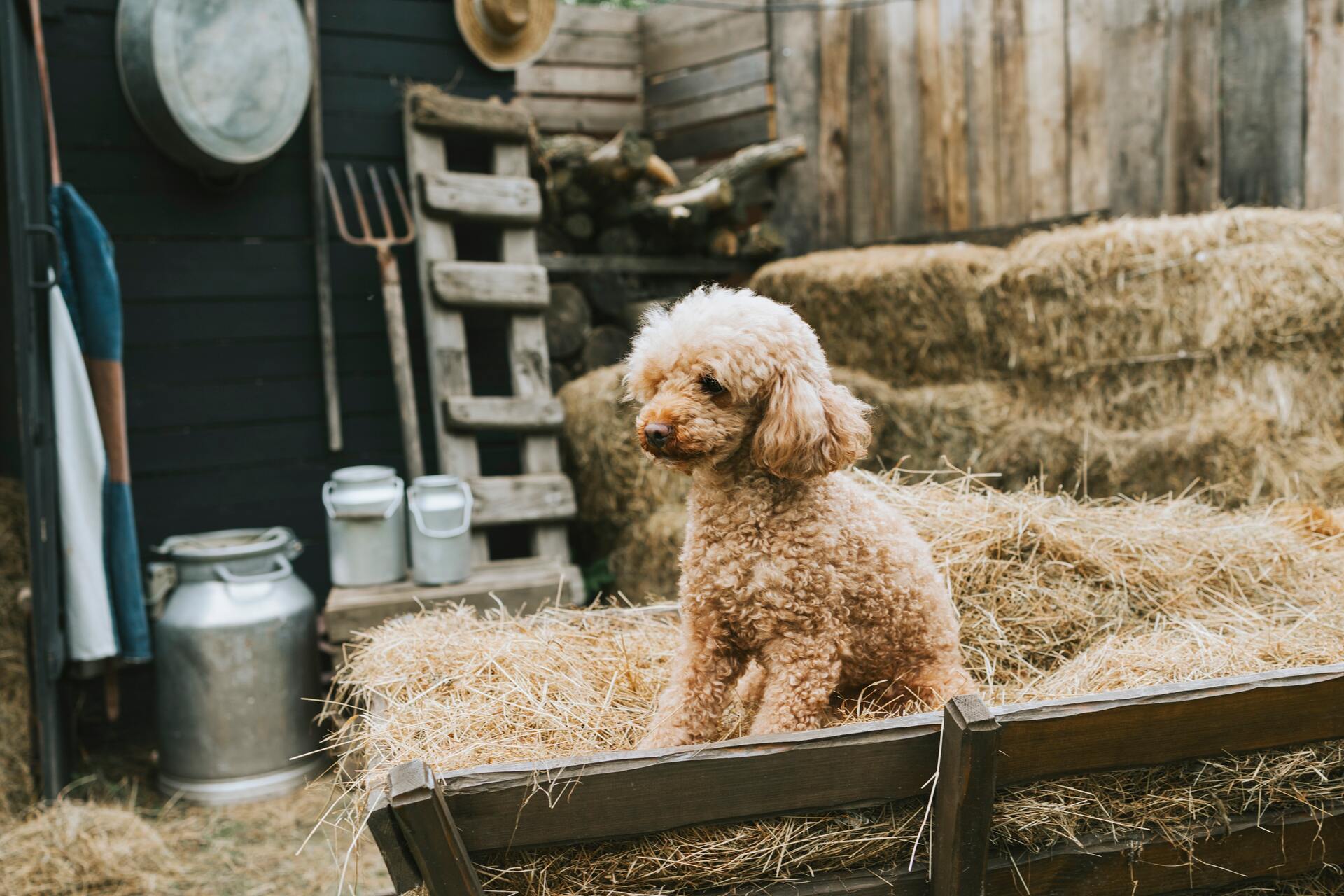
💡Poodles count as a high-energy dog breed – needing around an hour of exercise and mental stimulation per day. (Else they’re likely to get bored, frustrated, restless, or even anxious as a result.)
And with a busy family to take care of, well, it can be difficult prioritizing these needs. But if it means dealing less with a house full of chewed slippers or shredded up curtains, we’d think it’s worth it!
Plus, if you’ve invested in a Tractive device, you’re in luck. Besides GPS tracking, yours also helps you track your Poodle’s daily activity.
Meaning with just a glance at your phone, you can check whether they’ve gotten enough exercise. (Or still need a bit more tiring out.) Plus, get in a bit of healthy competition by seeing how active your Poodle is compared to other, similar dogs around the world!
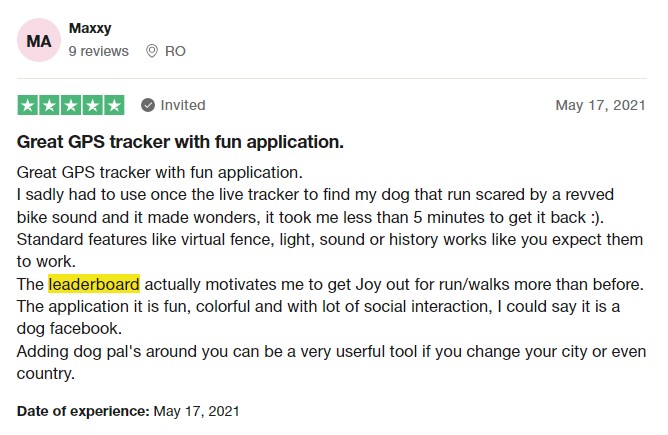
6. Dalmatians
With its beautifully spotted coat and highly affectionate nature, Dalmatians are another one of the best dog breeds for families. Originating from Croatia, they’re good-natured, sociable, heroic dogs that are the historical mascot of firefighters around the US – bravely guarding the horses that would draw the fire engines in the 18th century.
In fact, if you live on a farm (or near one), don’t be surprised if your Dalmatian ends up befriending the rest of the animals around – especially the horses!
Much like other family dog breeds, these spotted dogs tend to be highly energetic – ideally needing a yard to run around and play in. They’re also the perfect running, jogging, bikejoering, or hiking buddy for all your outdoor adventures.
Read more:
- Running With Dogs? Tips To Keep It Safe & Sporty
- Hiking With Dogs: Tips For A Stress-Free Adventure
- The Best Canicross Tips From Champions
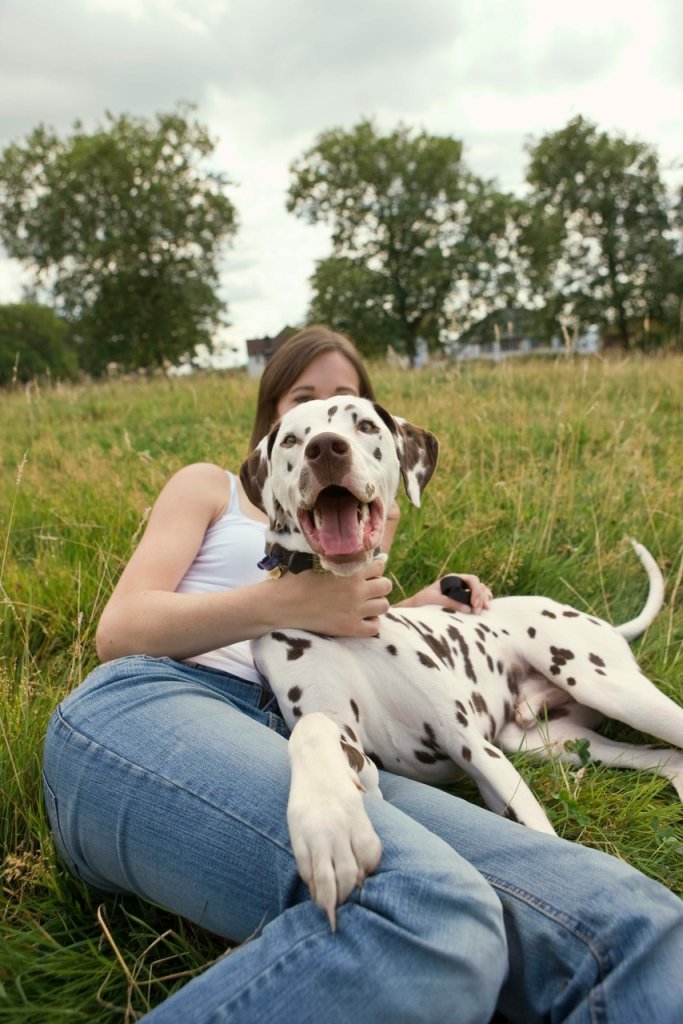
⚠️ Just be sure to train your Dalmatian in coming back to you when called – ideally at a younger age.
Why? Because some studies have found that Dalmatians may be at risk for deafness in their senior dog years.1
Meaning if you’re both out hiking or jogging together, your Dalmatian may not hear you calling back for them in case they wander off too far from safety.
(Makes following their every step in real-time a smart idea, if you ask us.)
7. Beagles
Another small- to medium-sized dog that’s great with kids are Beagles. In fact, they’re so sensitive and emotionally intelligent that they make excellent therapy dogs as well – so don’t be surprised if you see one on a visit at a hospital or senior care facility.
Beagles are highly sociable and love being around people and children. They’re lively, energetic dogs that may have a bit of a stubborn streak. (They were bred as hunting dogs in the past, after all.) Your Beagle will be happiest roaming your backyard or accompanying you on walks and runs.
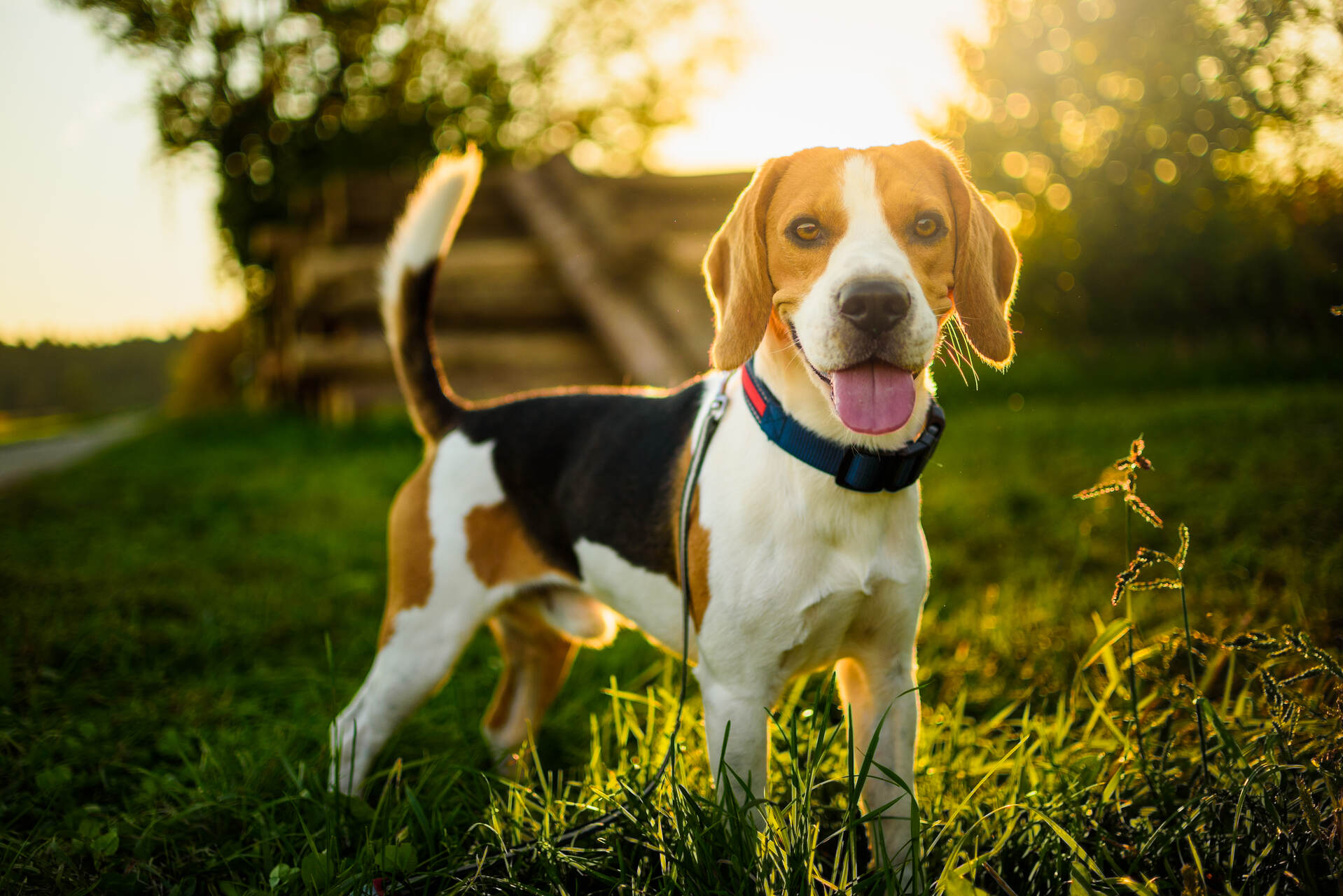
💡Beagles also have one of the best developed senses of smell among all dogs – able to sniff out prey in under a minute!
This, plus their curious, inquisitive natures, means you’ll have to invest in a strong harness or leash to prevent yours from chasing down woodland animals on a run or running off at the slightest sight, sound, or smell in nature.
Beware though: if you live somewhere that tends to get a lot of snow, even your Beagle’s sense of smell might not help them find their way back home to you. (Since snow can mess with dogs’ sense of smell.)
8. The Collie family
You might think of “Collies” as, well, the dog that plays Lassie – who’s actually a Rough Collie! Turns out, the Collie family includes Smooth Collies, Border Collies, Shelties, and a whole bunch of active, intelligent herding dog breeds that love nothing more than an open yard to run around.
In fact, most members of the Collie family make for excellent family dogs – good-natured, uncomplicated, and comfortable being around kids. They’re also highly active and do best if adopted by a sporty family that enjoys regular hikes, walks, and runs in nature.
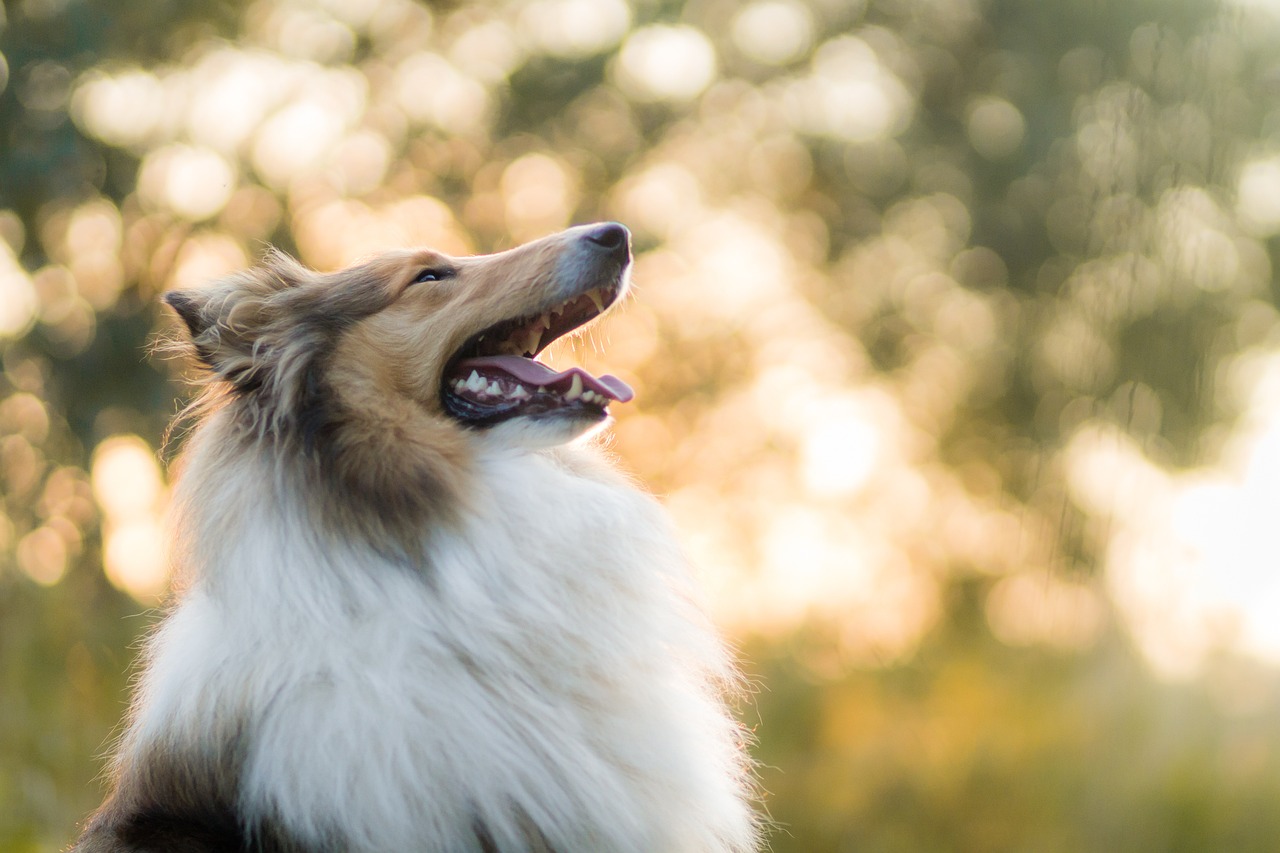
💡Collies were (and are) raised as herding dogs – gathering sheep and cattle in farms, keeping away predators, and staying busy all day. Which is why even if yours has never stepped a paw in a rural area, you might find them “herding” you or your kids or family members around by instinct.
With that in mind, your Collie will be happiest if you keep them busy with a “job” to do – whether that’s babysitting your kids or with a backyard homemade obstacle course (with some old toys or cushions.)
Else, left to their own devices, don’t be surprised if you find yours in a neighboring farm or field – maybe even several miles away!
Which is why we’d always recommend getting your Collie microchipped. Now if yours does run away, a helpful stranger can take them to a vet who scan their microchip, find your contact details, and get in touch with you.
Read more: Dog Tracker Chip: What Are Dog Microchips vs GPS Trackers?
9. Bernese mountain dogs
Looking for another big cuddly family dog that’s great with kids? A Bernese mountain dog might be your best bet. With their gentle, patient temperaments, these dogs do splendidly even in the most chaotic family environments or with kids climbing all over them.
Originating from Switzerland, Bernies were also used as farm dogs (much like Collies) – though mostly as draft animals, pulling carts around. They tend to be relaxed and good-natured, though a little slow to warm up around strangers.
But don’t be fooled by their placid appearance – Bernies can also be quite protective, barking when they feel someone’s intruding on their “territory” or threatening their loved ones.
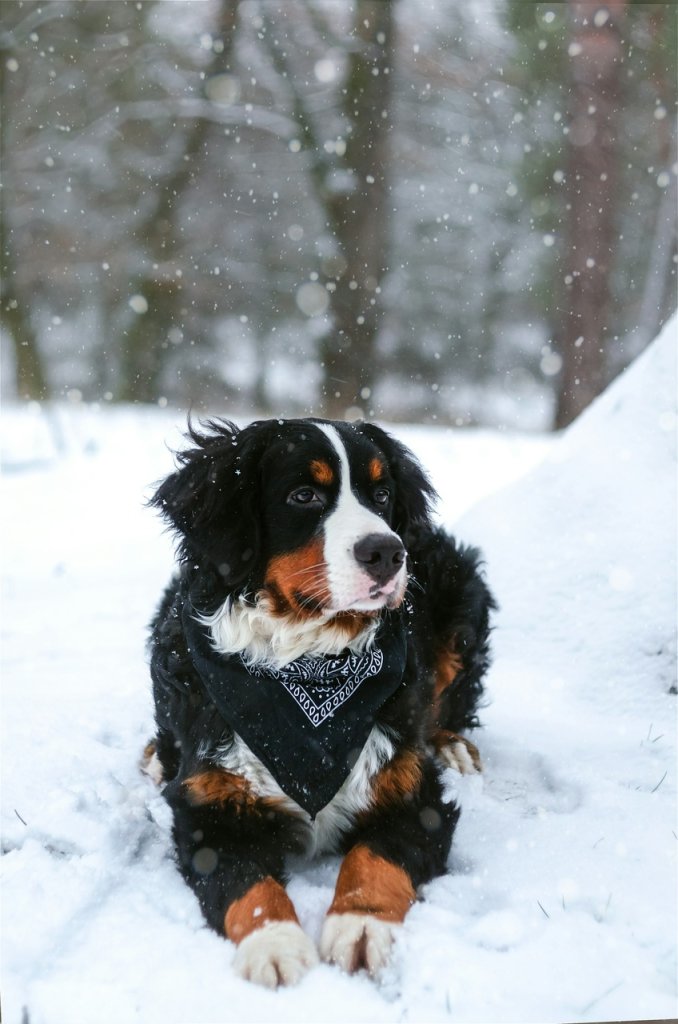
Just make sure to get yours plenty of walks and playtime together – since a lack of exercise might cause your Bernie to grow quite bored and restless as a result. (Which may also lead to excessive barking and mischief.)
💡Plus, if you want to stay motivated and stick to your daily dog walk routine, your trusty Tractive device has you covered.
With the fun Walk feature, you can log in your daily dog walks – plus share it with your friends and family to keep you both extra safe.
10. The Retriever family
And wrapping up with the classic family dog breeds – Labrador Retrievers. But wait, aren’t Labradors…well, different from Retrievers?
Well, as it turns out – both dogs are actually from the same Retriever family and share a common ancestor, the St. John’s dog. Labrador Retrievers tend to have shorter, smoother coat, while Golden Retrievers (which you might’ve thought of first) have denser, shaggier coat with a water-repellent undercoat.
Retrievers are famously gentle, sweet-tempered, and eager to please – making them perfect companions for families with younger kids. They also take well to regular training and playtime. Plus, with their emotional intelligence, they make excellent therapy and guide dogs as well.
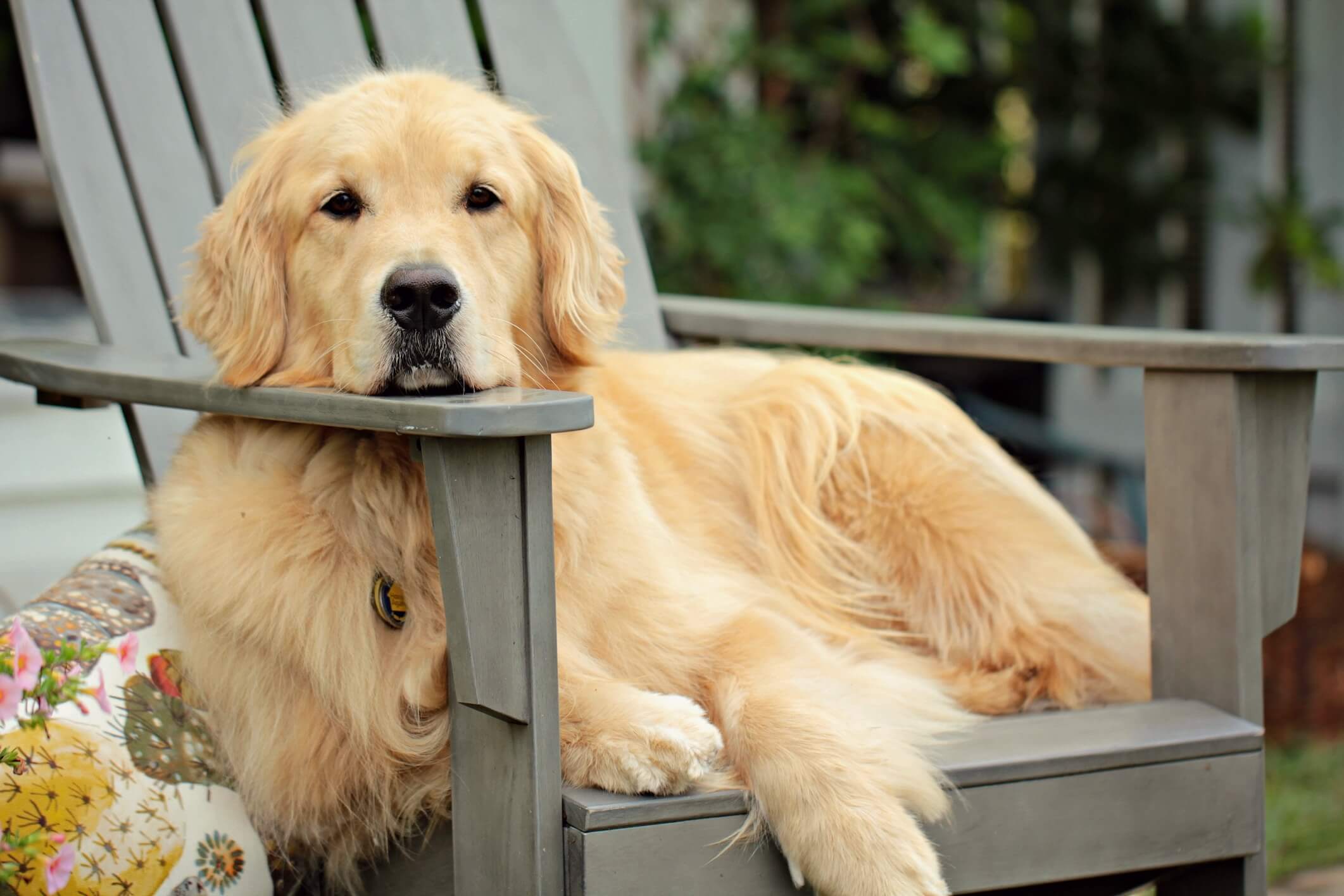
⚠️ Watch out though: Retrievers, much like Beagles and Cocker Spaniels, were also once bred as hunting dogs – especially for hunting down waterfowl and other fast-moving prey. Which means they’re extra sensitive to sights, sounds, and smells in nature.
Which means you’ll need to train their recall extra – especially when you’re both out in the woods and wilderness together.
Like Francesca, a Tractive dog mom, whose Golden Retriever Happy ran off into the woods while hiking in the Alps together.
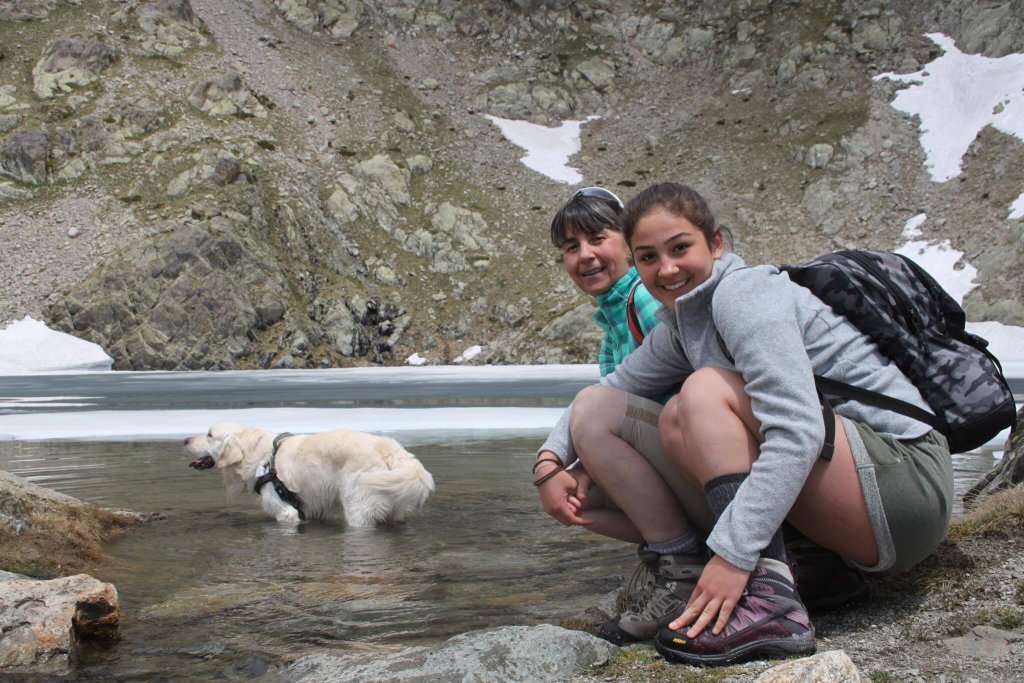
“Happy is a good dog and at the end of the day, he always comes back. Well, except the time I brought him for our first time to the Siusi Alps...
…I was there with Mac, Happy and my family when Happy got lost.
Whether this happened because he went after a deer, or not, this is still not clear to me. What was clear is that he was gone.
Then I remembered that Happy had the GPS tracker clipped on. I immediately switched on the LIVE Tracking mode and started breathing more easily the closer I got to his position.
I could follow his path, live, directly on my phone and the position was so accurate that… finally there Happy was, sipping water from the source on a mountain’s edge.”
– Francesca & Happy, IT
Read the full story here: Dog Lost In Mountains: A GPS Dog Tracker Can Be A Lifesaver!
Got your heart set on adopting one of these family dog breeds?
Now while this list isn’t exhaustive, it can help you figure out which of these family dog breeds might be the best fit for you and your pack. Because depending on your habits and preferences, you might do great with:
- An active herding dog, like an English Sheepdog (or Bobtail) or a Collie.
- Smaller to medium-sized family dogs like Bichon Frisés or Beagles
- Gentle giants like Newfoundlands or Bernese Mountain dogs
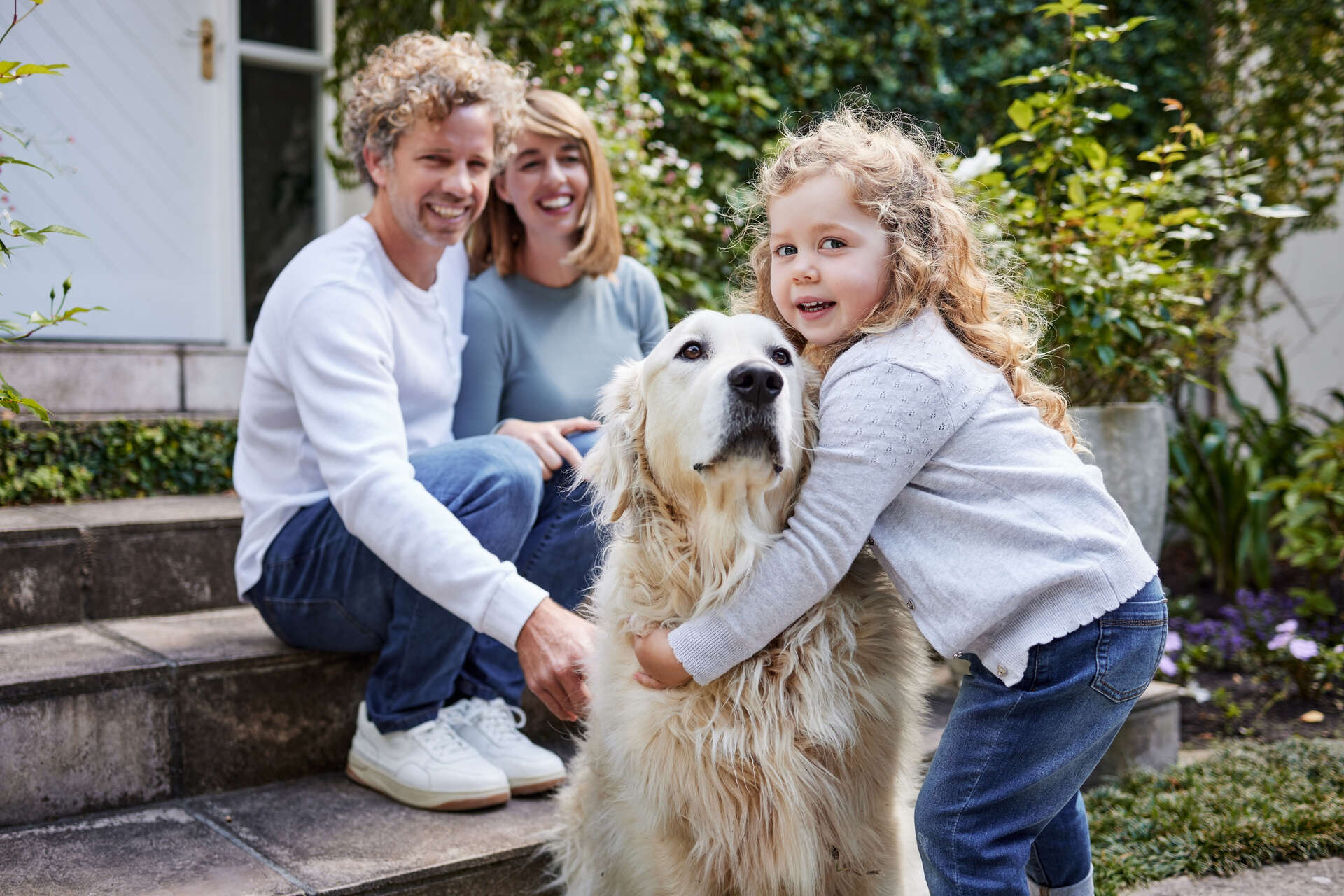
- Smaller, active dogs like Cocker Spaniels
- Intelligent, active dogs like Poodles or Dalmatians
- …or the classic family dog, the Retriever family (including Labradors and Goldens alike)
But despite these dogs being friendly, sociable, and likely to get along famously with your kids or other pets – they do still need a little extra attention and care. Specifically when it comes to:
- Their exploratory instincts, especially for herding or hunting dog breeds
- Any risk of developing separation anxiety
- High energy needs, combined with a tendency to get bored easily without mental stimulation
- Any health issues, including a tendency towards deafness in their senior dog years
…all of which can increase the risk of your buddy running into trouble when you’re out together outdoors.
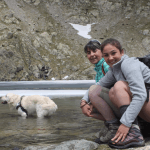
“Keeping (your) dog on a leash and on close watch is always good practice, but not always possible. Dogs need some freedom as well.
Which is why a GPS tracker is the best help you can get in case of an emergency. It’s not safe to rely on the leash or on your reflexes only. Your walks and adventures with your favourite four-legged friend will be safer and you’ll have peace of mind.”
– Francesca & Happy, IT
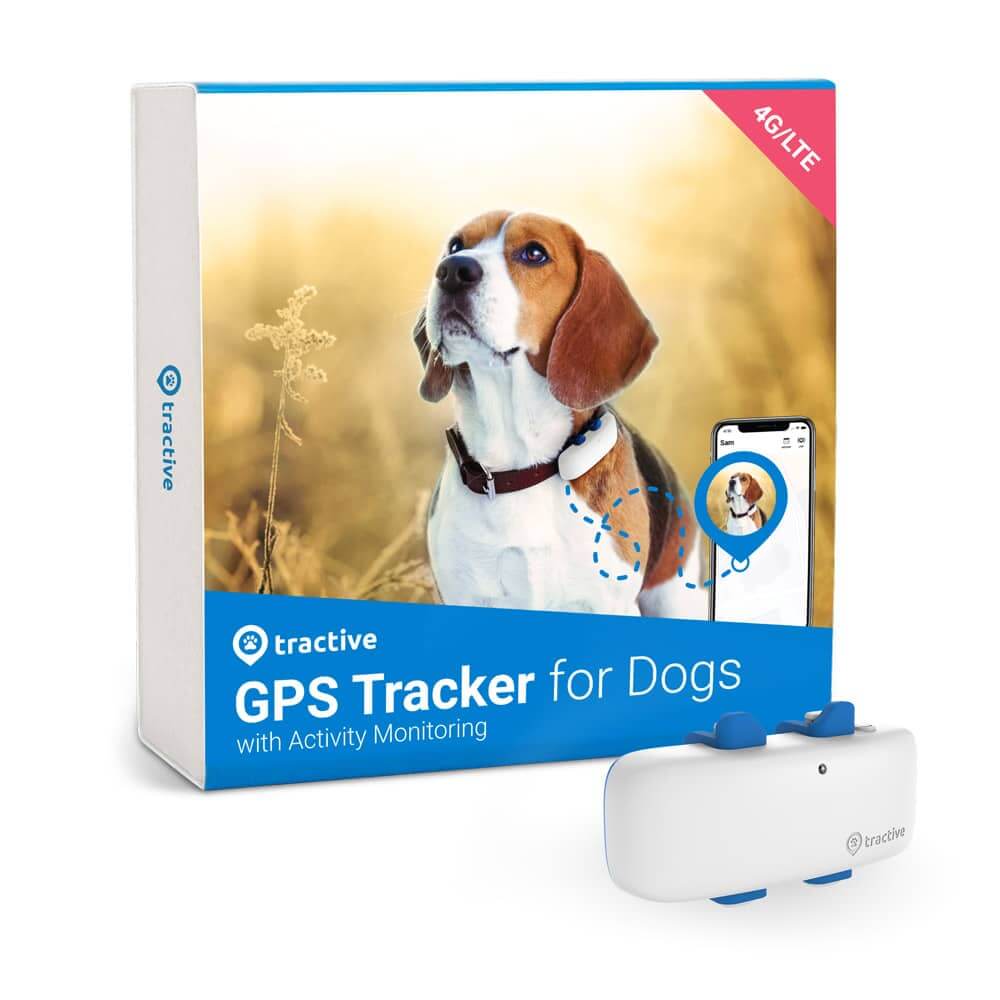
Always know where your dog is
Follow every step in real-time with unlimited range. Get alerts if they wander too far. Keep them happy & healthy with Wellness Monitoring. And let others – like walkers or sitters – keep an eye on your dog too.
Curious about other family dog breeds that love being around kids? Here’s dog trainer, Robert Cabral, sharing his take:
And if you’ve liked this post, share it with a friend or a loved one – and let’s help build a safer, kinder world for our furry friends together.




